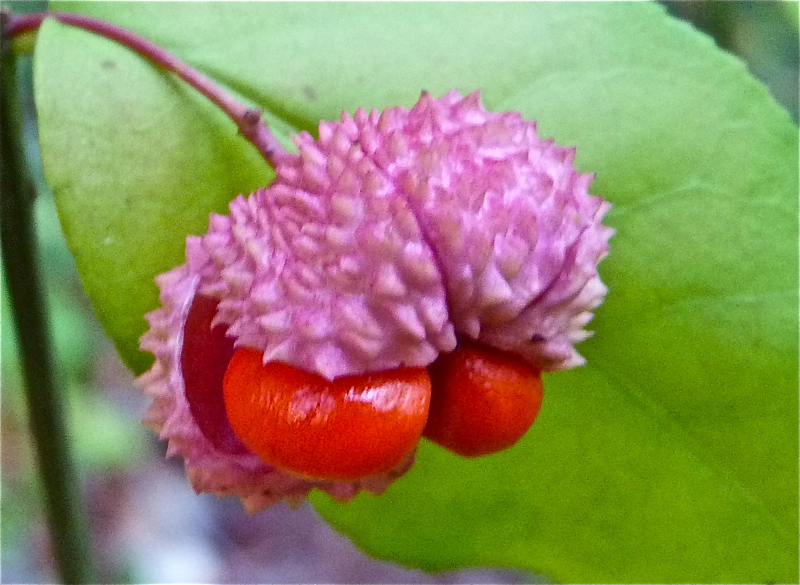Autumn Leaves and Other Things I Love
 Sunday, October 27, 2013 at 8:10PM
Sunday, October 27, 2013 at 8:10PM The autumn garden has such gladness when the sun is shining. Leaves upon the trees turn into stained glass wonders, if only for moments with the passing rays:
 This dogwood gives promise for next spring as it holds flower buds above its beautiful fall foliage.I love this season, not for the dying, but for the aging glory and for the celebration of winter's rest to come. I love the details of an autumn leaf — still fluttering on the branch, or fallen to the ground, or twisting in the breeze, caught in a crafty spider's web:
This dogwood gives promise for next spring as it holds flower buds above its beautiful fall foliage.I love this season, not for the dying, but for the aging glory and for the celebration of winter's rest to come. I love the details of an autumn leaf — still fluttering on the branch, or fallen to the ground, or twisting in the breeze, caught in a crafty spider's web:


Dried Trident maple seed pods, still clinging to the tree, look like delicate parchment paper blooms:
The rose tints of a fading hydrangea bloom linger on into the season, and other flowers put out fresh buds, despite the chilliness of fall nights:
These mums beside the parking court have spread from a single plant, purchased long ago from a grocery store. They are just beginning to open their blooms. Nandina 'Firepower' grows in front.
 I have moved this Ipomoea carnea, or bush morning glory, three times. It is tall and skinny, and I finally found a good home for it beside this birdhouse.
I have moved this Ipomoea carnea, or bush morning glory, three times. It is tall and skinny, and I finally found a good home for it beside this birdhouse.  The bush morning glory seems to like the cooler temperatures of fall.
The bush morning glory seems to like the cooler temperatures of fall.
A few years ago I banished most of the Nandina domestica plants from my garden for their aggressiveness, pulling them up by the scores, but leaving only a couple, for I cannot part with their berries completely. I cut them off, when my eyes have had my fill of them.

Stump World knows no season, as its slow decay nourishes life throughout the year, but moss, fungi, and lichen are particularly lovely during fall:
May you take time to reflect upon some of nature's finest details, and have a great week! Deborah
 Permalink
Permalink 
